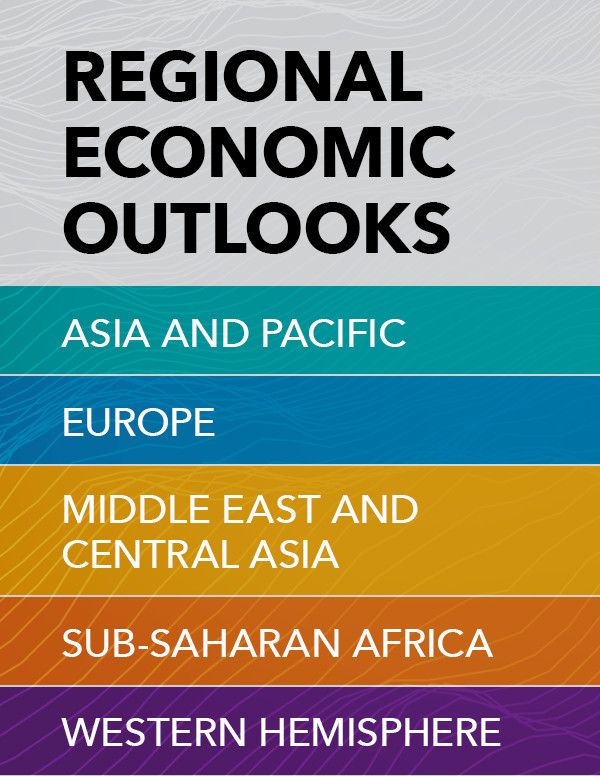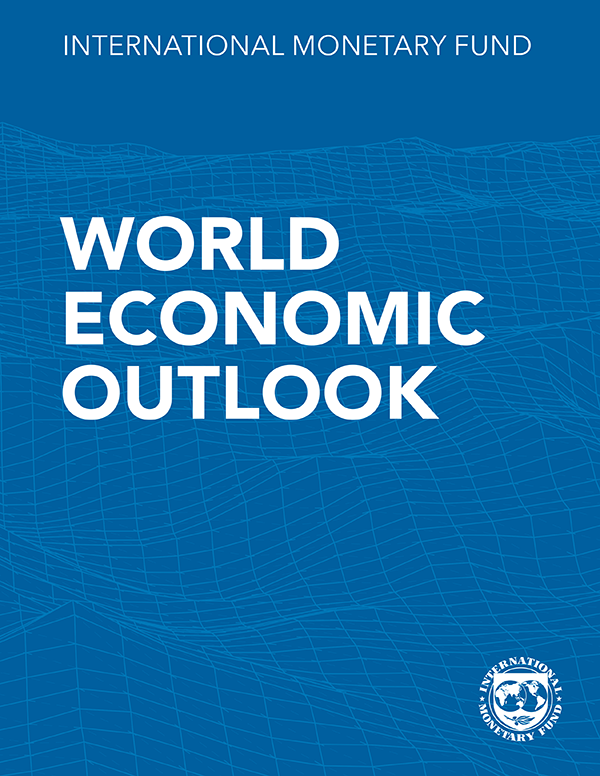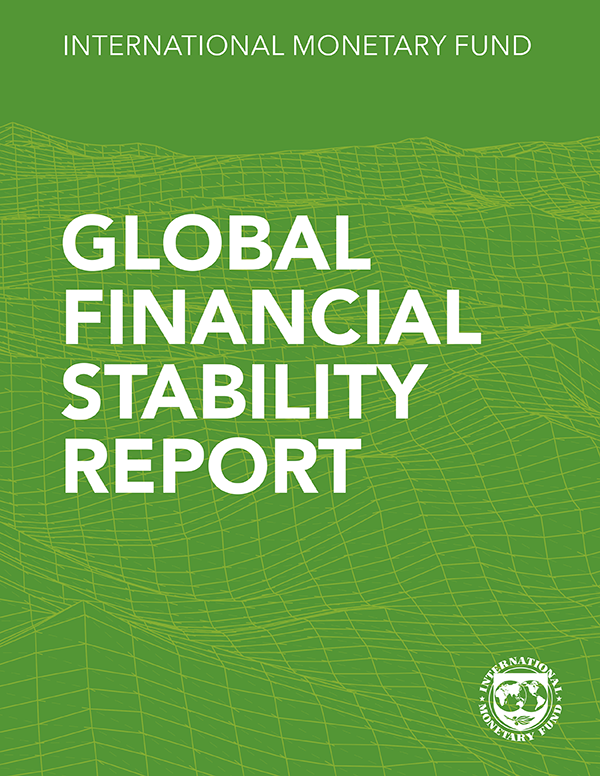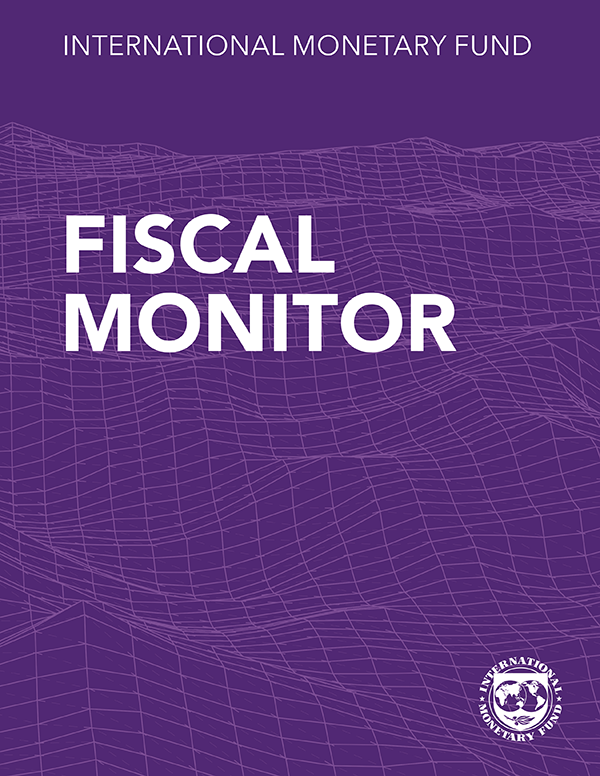While the near-term forecast is revised up modestly, global growth remains subdued, as the newly introduced policies slowly come into focus
The global economy is adjusting to a landscape reshaped by new policy measures. Some extremes of higher tariffs were tempered, thanks to subsequent deals and resets. But the overall environment remains volatile, and temporary factors that supported activity in the first half of 2025—such as front-loading—are fading.
As a result, global growth projections in the latest World Economic Outlook (WEO) are revised upward relative to the April 2025 WEO but continue to mark a downward revision relative to the pre-policy-shift forecasts. Global growth is projected to slow from 3.3 percent in 2024 to 3.2 percent in 2025 and 3.1 percent in 2026, with advanced economies growing around 1.5 percent and emerging market and developing economies just above 4 percent. Inflation is projected to continue to decline globally, though with variation across countries: above target in the United States—with risks tilted to the upside—and subdued elsewhere.
Risks are tilted to the downside. Prolonged uncertainty, more protectionism, and labor supply shocks could reduce growth. Fiscal vulnerabilities, potential financial market corrections, and erosion of institutions could threaten stability.
Policymakers are urged to restore confidence through credible, transparent, and sustainable policies. Trade diplomacy should be paired with macroeconomic adjustment. Fiscal buffers should be rebuilt. Central bank independence should be preserved. Efforts on structural reforms should be redoubled. As Chapter 2 shows, past actions to improve policy frameworks have served countries well. As Chapter 3 demonstrates, industrial policy may have a role, but full consideration should be given to opportunity costs and trade-offs involved in its use.
Chapter 1: Global Prospects and Policies
Global growth is projected to slow and growth prospects remain dim, as the world adjusts to a landscape marked by greater protectionism and fragmentation. Global headline inflation is expected to decline further but remain above target in some countries. Risks to the outlook are tilted to the downside. Prolonged uncertainty and escalation of protectionist measures may further hinder growth. Larger-than-expected shocks to labor supply could reduce growth, especially in economies facing aging populations and skill shortages. Fiscal vulnerabilities and financial market fragilities may interact with rising borrowing costs and increased rollover risks for sovereigns. An abrupt repricing of tech stocks could threaten macrofinancial stability. Pressure on the independence of key economic institutions could undermine sound economic decision making. To navigate a global economy in flux, policymakers should restore confidence through credible, transparent, and sustainable policies
Chapter 2: Emerging Market Resilience: Good Luck or Good Policies?
Emerging markets have shown remarkable resilience to risk-off shocks in recent years. While favorable external conditions—good luck—contributed to this resilience, improvements in policy frameworks—good policies—played a critical role in bolstering the capacity of emerging markets to withstand risk-off shocks. Improvements in monetary and fiscal policy implementation and credibility have reduced reliance on foreign exchange interventions, with central banks less sensitive to fiscal interference and holding sway over domestic borrowing conditions. Looking ahead, countries with robust frameworks face easier policy trade-offs and are better positioned to navigate risk-off episodes. In contrast, economies with weaker frameworks risk de-anchoring inflation expectations and larger output losses if monetary tightening is delayed, especially when persistent price pressures emerge. In these settings, costly foreign exchange interventions offer only temporary relief and are less necessary when policy frameworks are sound.
Chapter 3: Industrial Policy: Managing Trade-Offs to Promote Growth and Resilience
Countries are increasingly using industrial policy to reshape their economies by supporting strategic sectors and firms. Motivations include boosting productivity, reducing reliance on imports—especially in energy—and enhancing resilience. Industrial policies can help jump-start domestic industries, but their efficacy is sensitive to sector-specific characteristics that can be hard to determine in advance. And industrial policies present trade-offs. Onshoring production in a strategic sector might lead to higher consumer prices for a prolonged period. And the fiscal cost of industrial policy can be substantial at a time of elevated debt and constrained public finances. Even when sector-level outcomes are positive, industrial policy can generate negative cross-sector spillovers and reduce overall productivity by drawing resources inefficiently away from sectors that are not targeted. Effective industrial policy requires careful targeting and implementation, strong institutions, complementary structural reforms and sound macroeconomic policy.
Publications

-
July 2025
- Global Imbalances in a Shifting World

-
Regional Economic Outlooks
- Latest Issues

-
September 2025
Finance & Development
- Stablecoins and the Future of Finance














